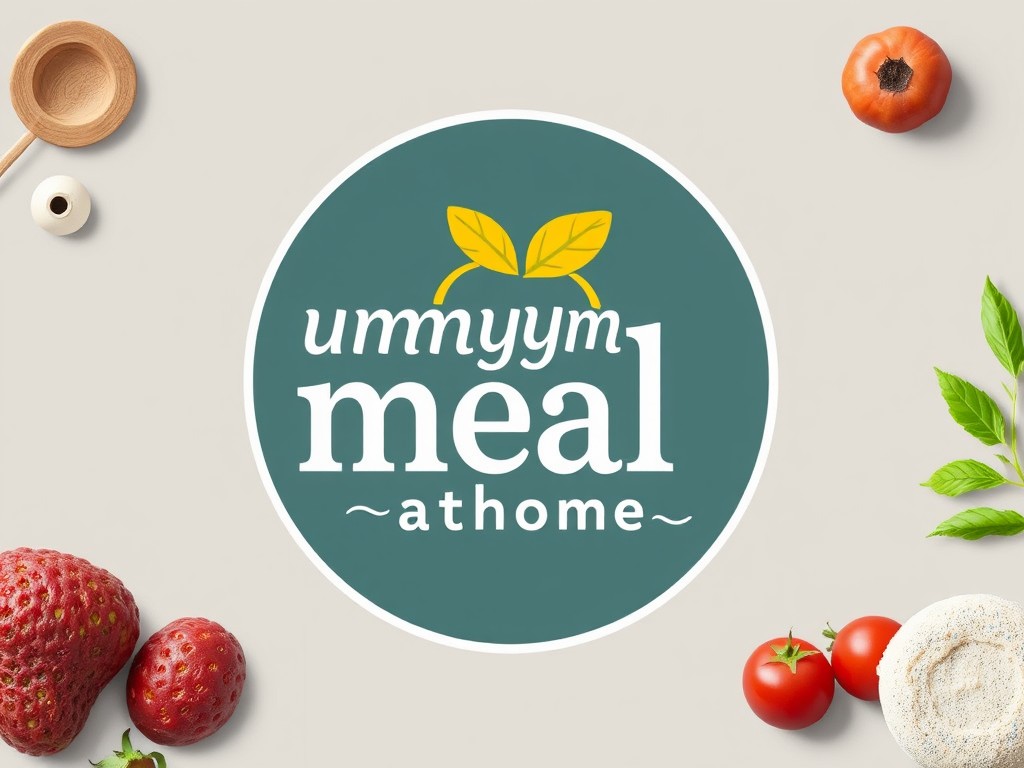Introduction to Low-Fat Slow Cooker Cooking
Embarking on a journey of healthier eating can be exciting, especially with the wonders of low-fat cooking. A slow cooker is a cherished kitchen companion in this endeavour, offering myriad benefits for preparing nutritious meals. But what makes slow cooking so advantageous for crafting healthy meals?
The methodology of slow cooking allows food to simmer gradually, encapsulating flavours and tenderness without a need for excessive oils or fats. This process is particularly beneficial when aiming for low-fat cooking, as it naturally retains moisture and enhances aromas, reducing the dependency on unhealthy additives that often sneak into stovetop or oven-prepared meals.
Topic to read : Ultimate guide to choosing the ideal roasting rack: achieve even cooking & easy cleanup every time!
An integral aspect of embracing low-fat recipes lies in their contribution to maintaining a balanced diet. They provide a reduced calorie intake while sustaining essential nutrients, thereby promoting a healthier lifestyle. With the aid of a slow cooker, achieving these nutritional goals becomes significantly more practical and time-effective.
Moreover, misconceptions linger about the flavour of slow cooker dishes. Many assume that reducing fat inevitably reduces taste. However, the slow cooker defies this notion by infusing ingredients over time, resulting in dishes rich in flavour and aromatic delight. Thus, the combination of low-fat ingredients and slow cooking creativity can redefine your meal preparation routine, yielding nourishing and delicious outcomes.
Topic to read : Ultimate guide to selecting a durable and easy-to-clean pull-down sprayer kitchen faucet
Flavorful Low-Fat Slow Cooker Recipes
Slow cookers are perfect for creating delicious healthy meals that don’t compromise on flavor. By using low-fat ingredients, one can prepare a variety of mouthwatering dishes.
Hearty Vegetable Stew
This nutritious slow cooker recipe is both hearty and satisfying. To create this dish, you will need an assortment of fresh vegetables such as carrots, potatoes, and peas. Add spices like thyme and rosemary for depth. Prepare by chopping all vegetables into uniform pieces to ensure even cooking. Combine in the slow cooker with a low-sodium vegetable broth, cover, and cook on low for 6-8 hours.
Enhancing flavor involves using herbs and seasonings to suit your taste. You might add a splash of balsamic vinegar or a hint of paprika for a delightful twist. Nutritionally, vegetable stews are excellent for those seeking delicious healthy meals that are rich in vitamins and low in fat. For serving suggestions, pair the stew with a side of whole-grain bread or a fresh salad to make it a balanced meal. Adjustments can easily be made to cater to dietary needs or preferences, making it an incredibly versatile dish.
Tips for Enhancing Flavor in Low-Fat Slow Cooker Meals
Creating delicious low-fat meals in a slow cooker doesn’t have to be bland or boring. By mastering flavor enhancement techniques, you can enjoy meals bursting with taste while keeping calorie counts low.
One effective method is using a variety of spices and herbs. They add complexity and depth to dishes without extra calories. Imagine a sprinkle of aromatic herbs like rosemary or thyme infusing into slow-cooked chicken. This not only enhances taste but also introduces appealing aromas and colours.
The role of umami cannot be overstated. This savoury taste, often found in mushrooms, soy sauce, or tomatoes, lends a satisfying richness to dishes. Incorporate ingredients rich in umami to create a sense of fullness and satisfaction in low-fat meals.
Don’t forget the vitality of fresh ingredients. Fresh tomatoes, onions, and garlic provide vibrant natural flavors that become even more pronounced when slow-cooked. Their inherent juiciness and freshness can make a substantial difference in overall taste.
Consider these practical and flavorful strategies the next time you plan your slow-cooked meals. They ensure that health-conscious choices do not come at the expense of deliciousness. Through adept seasoning and ingredient selection, each dish can be both nutritious and full of natural flavors.
Ingredient Substitutions for Healthier Choices
When aiming for healthier cooking, ingredient swaps can provide nutritionally beneficial results without sacrificing flavour.
Dairy Alternatives for Creamy Textures
For those seeking to reduce dairy intake, there are ample healthy replacements available. Nut-based milks, such as almond or cashew, offer a creamy texture suitable for various recipes. Coconut milk can also provide a rich, creamy base while being naturally sweet. To maintain creaminess without added fat, consider using cooking modifications like blending soaked cashews or using nutritional yeast for a cheesy undertone. While there may be a slight difference in taste, these substitutes often come with health benefits such as reduced saturated fat and cholesterol.
Lean Meats and Plant-Based Proteins
Incorporating lean meats and plant-based proteins in meals can further enhance healthy eating. Lean cuts like chicken breast or turkey are lower in fat compared to their red meat counterparts. Plant-based options, such as tofu, tempeh, and legumes, not only contribute to the protein content but are also versatile in recipes. By integrating these protein-rich substitutes, you maintain the dish’s nutritional value while potentially lowering overall calorie and saturated fat intake. Each of these ingredient swaps can align with both dietary preferences and health goals.
Nutritional Awareness in Slow Cooker Recipes
Understanding the importance of calculating nutritional values for slow cooker recipes is crucial for maintaining a balanced diet. A fundamental step in this process is reading nutrition labels carefully when selecting ingredients. These labels provide detailed nutrition information, such as calorie content, servings, and nutrient percentages, all of which are essential for meal planning.
To maximise the benefits of slow cooker recipes, incorporating healthy eating guidelines is key. This means choosing ingredients that are low in sodium and saturated fats while being rich in vitamins and minerals. Remember, the quality of your meals greatly depends on the nature of the ingredients selected.
Planning meals in advance aids in adhering to balanced nutrition. To ensure you’re following healthy eating guidelines, consider crafting a weekly meal plan. This not only helps with organised grocery shopping but also paves the way for consistency in meeting dietary goals. For meal prep, batching similar ingredients like vegetables and lean proteins can save time and ensure each meal is nutritionally complete.
By focusing on meticulous nutrition information analysis and thoughtful meal planning, slow cooker recipes can become a convenient and healthy addition to your dietary routine.
Creative Ideas for Serving and Presentation
A well-executed meal presentation can elevate any dish to a sensational culinary experience. It’s not just about taste; how a dish looks can significantly influence the dining experience, making it more memorable and enjoyable.
Garnishing Tips for Visual Appeal
Enhancing the visual appeal of a dish can be achieved with clever garnishing. Consider using fresh herbs such as basil, mint, or cilantro to add vibrant color and a hint of fragrance. Toppings like nuts, seeds, or a sprinkle of zest can provide an interesting texture and enhance contrast. Employ color contrasts by using ingredients like bright fruits or vegetables—the pop of red from cherry tomatoes or the sunny hue of corn can enliven a dish. Importantly, all these elements add visual flair without adding calories. Presentation impacts the dining experience significantly, as an enticing appearance can stimulate the appetite.
Side Dishes That Complement the Main Course
Selecting side dishes is crucial for a well-rounded meal. Opt for healthy options like steamed vegetables, quinoa, or a light salad. These dishes not only complement the main course but also balance flavors and nutrients across the plate. Using leftovers creatively can also offer a unique twist; transform yesterday’s roasted vegetables into a fresh new salad or add them to soups. Balancing elements on the plate ensures a harmonious meal experience.
Conclusion: Embracing Healthy Cooking Practices
Adopting a healthy cooking lifestyle can dramatically transform your overall well-being and foster sustainable eating habits. By embracing low-fat diet benefits, individuals enjoy not only immediate health improvements but also long-term advantages such as reduced risk of chronic diseases, improved energy levels, and enhanced mental clarity.
The journey to a healthier life begins with exploring and experimenting in the kitchen. Introducing fresh ingredients and experimenting with slow cooking methods can make meals both nutritious and appealing. Encouraging this culinary creativity promotes a deeper connection with the food we consume. It’s an exciting opportunity to discover new flavours and textures while maintaining health goals.
Building a community around healthy eating is equally rewarding. By sharing recipes and experiences, individuals can inspire one another and create a supportive network. Whether it’s trading tips on maintaining a refreshing low-fat slow-cooked dish or discussing the challenges of sustainable eating, this community support fosters engagement and commitment.
Through these practices, living a healthy cooking lifestyle becomes more than just a personal choice; it feeds into creating a ripple effect of positivity and wellness within our social circles, reflecting a collective commitment to sustainable eating and well-being.



















